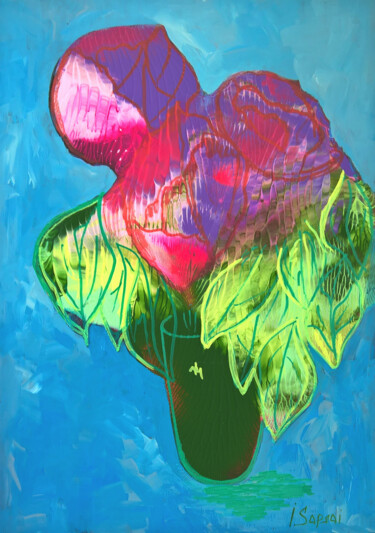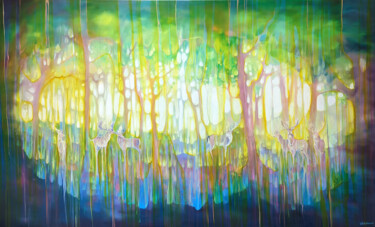

SafeSearch
"Bond"
$1,667.36

Iryna Sapsai
"Bright abstract bouquet of flower images"
Acrylic on Paper | 16.9x12 in
On Request
Prints
from $27.19


